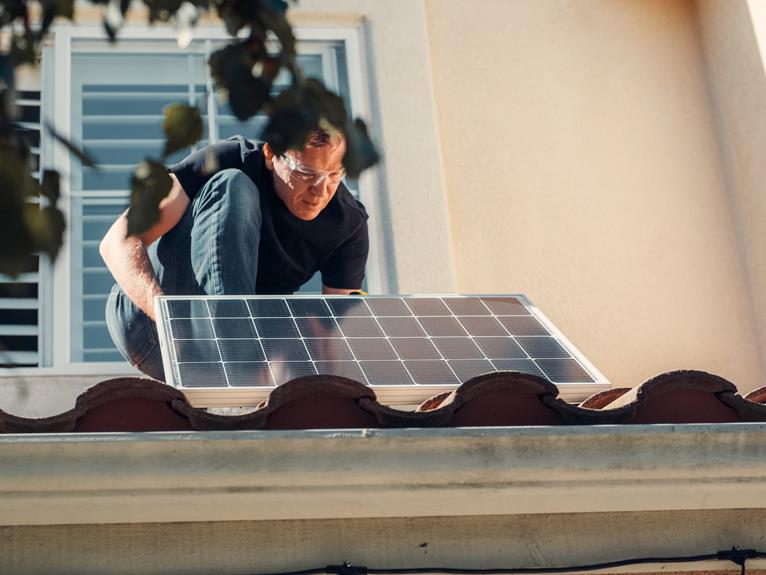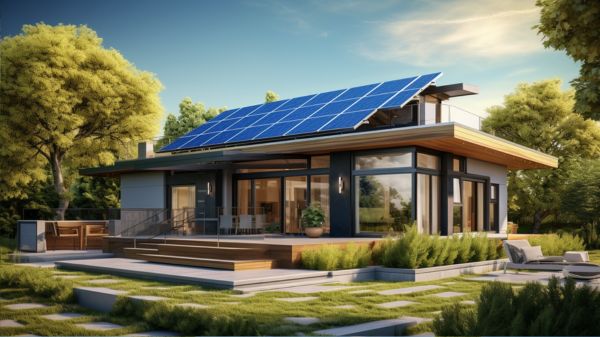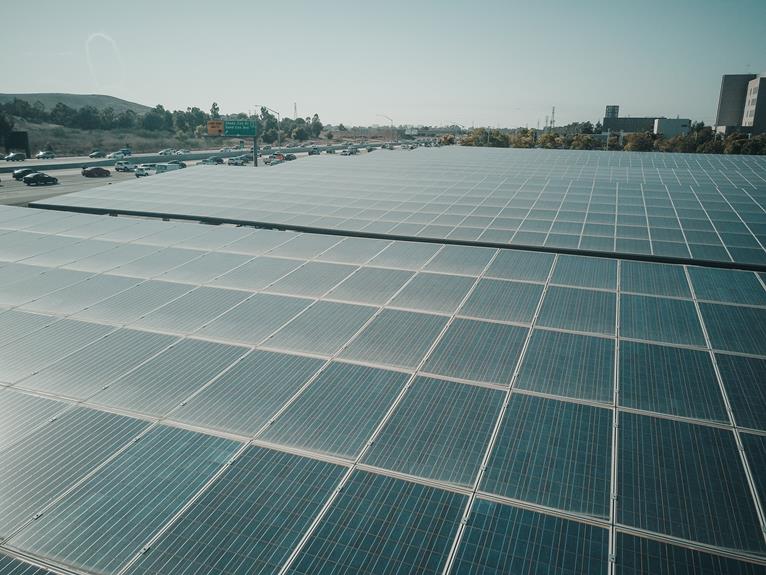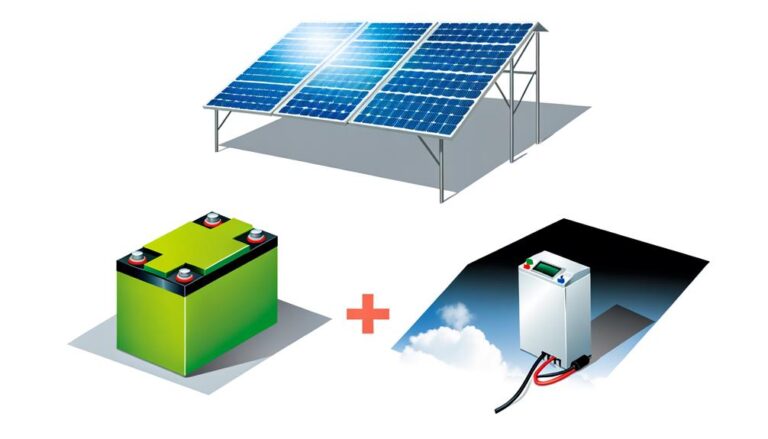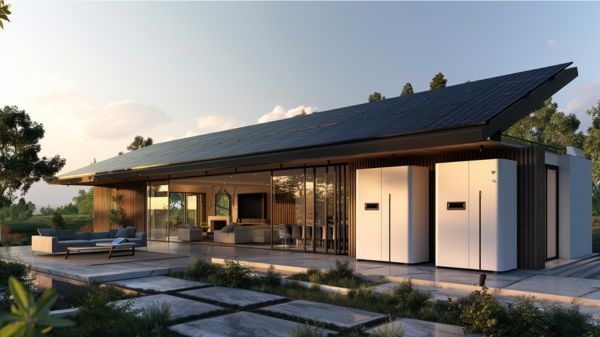Simple Steps for Rural Solar Power Installation
Are you ready to take charge of your own energy needs? In this article, we will guide you through the simple steps for rural solar power installation. With our help, you can harness the power of the sun and enjoy the freedom and independence it brings.
From assessing your site to maintaining your system, we’ve got you covered. Join the growing community of solar enthusiasts and start your journey towards a sustainable future today.
Key Takeaways
- Conduct a thorough site assessment to determine optimal placement of solar panels and analyze energy consumption.
- Engage with the local community to gain support and ensure the project aligns with their needs and desires.
- Source necessary equipment with a balance between cost and quality, considering factors such as warranty, efficiency, and durability.
- Install the solar power system securely and address any installation challenges, estimating costs for equipment, labor, permits, and inspections.
Site Assessment
Before you begin installing solar power in a rural area, conduct a thorough site assessment. This step is crucial to determine the optimal placement of solar panels and analyze the energy consumption of the area.
Solar panel placement plays a significant role in maximizing the efficiency of your solar power system. You need to identify the areas with the highest solar exposure and minimal shading. This assessment will help you determine the best orientation and tilt angle for your panels, ensuring that they capture the most sunlight throughout the day.
Additionally, analyzing the energy consumption of the area will give you valuable insights into the amount of electricity needed and the size of the solar power system required.
Design and Planning
To start the design and planning process for your rural solar power installation, you’ll need to consider various factors and make key decisions. Here are some important steps to follow:
- Community Engagement: Engage with your local community to gain support and gather valuable insights. This will help ensure that your solar power project aligns with the needs and desires of the community, fostering a sense of belonging and unity.
- Project Budget: Carefully determine your project budget by considering the cost of solar panels, inverters, batteries, and installation. Factor in any additional costs such as permits, maintenance, and ongoing monitoring to ensure your budget remains realistic and manageable.
- System Design: Work with a professional solar designer to create a system design that maximizes energy production and meets your specific needs. Consider factors such as the available space, orientation of the site, and local climate conditions.
Procuring Equipment
Once you have completed the design and planning process, it’s time to procure the necessary equipment for your rural solar power installation. Equipment sourcing is a critical step in ensuring the success of your project.
When sourcing equipment, it is important to consider your budget and select components that offer a balance between cost and quality. Here is a table outlining the key equipment needed for a typical rural solar power installation:
| Equipment | Description |
|---|---|
| Solar Panels | Photovoltaic modules that convert sunlight into electricity. |
| Inverter | Converts direct current (DC) from the solar panels into alternating current (AC) for use in your home. |
| Battery | Stores excess electricity generated by the solar panels for use during cloudy days or at night. |
Carefully research and compare prices from different suppliers to ensure you get the best value for your budget. Consider factors such as warranty, efficiency, and durability when making your equipment choices.
Installation Process
After procuring the necessary equipment, you can now begin the installation process for your rural solar power system. Here are the steps you need to follow:
- Site Evaluation: Assess your location for optimal sun exposure and determine the best spot to install the solar panels. Consider factors like shade, orientation, and tilt angle.
- Mounting and Wiring: Install the mounting structure securely on the roof or ground. Connect the solar panels together and wire them to the inverter, which converts the DC power generated by the panels into AC power.
- Battery and Charge Controller Installation: If you plan to use batteries for storing excess energy, install them alongside a charge controller to regulate the charging process and prevent overcharging or discharging.
Installation challenges may include limited access to skilled labor, finding suitable mounting locations, and ensuring proper wiring connections. To estimate costs, consider the equipment, labor, and any additional expenses like permits and inspections.
With careful planning and attention to detail, you can successfully install your rural solar power system.
System Maintenance
Maintain your rural solar power system by regularly inspecting and cleaning the solar panels. This is crucial to ensure optimal performance and efficiency.
Inspect the panels for any signs of damage, such as cracks or loose connections, and address them promptly to prevent further issues. Additionally, clean the panels regularly to remove dirt, dust, and debris, as they can reduce the system’s output.
It’s also recommended to perform system troubleshooting periodically to identify and fix any potential issues. Remote monitoring can be employed to monitor the system’s performance and detect any abnormalities.
Conclusion
Installing solar power in rural areas can be achieved by following a few simple steps.
By conducting a thorough site assessment, designing and planning accordingly, procuring the necessary equipment, and completing the installation process, rural communities can benefit from clean and renewable energy sources.
It’s interesting to note that according to a study by the World Bank, solar power can potentially provide electricity to around 1.2 billion people worldwide who currently lack access to electricity.
